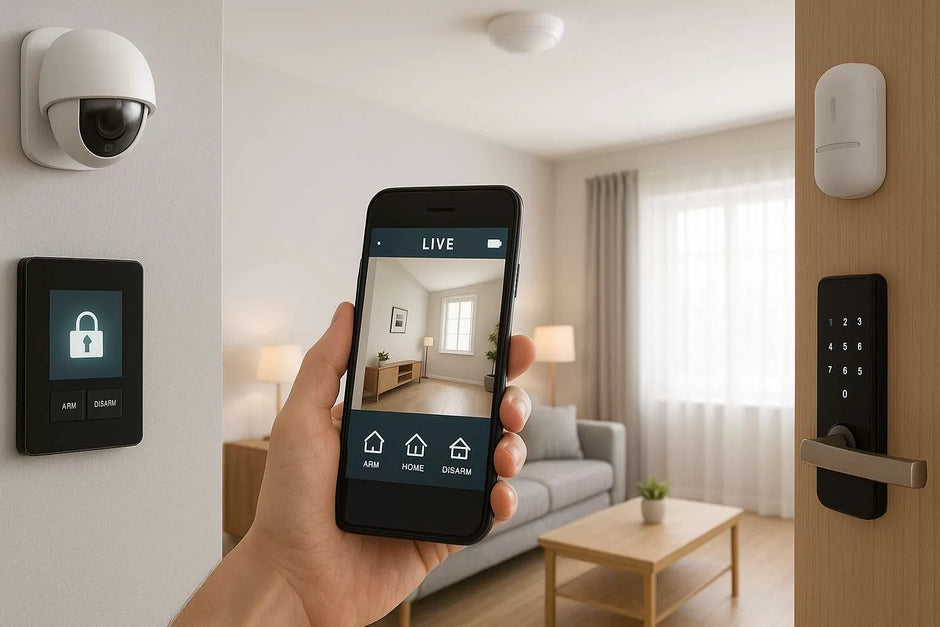Installing a home alarm system is a smart move toward safeguarding your property and loved ones. But even the most sophisticated system can fall short if it’s not used correctly. Many homeowners unintentionally make mistakes that compromise the effectiveness of their security setup. Here are the top mistakes to avoid to ensure your alarm system provides maximum protection.
1. Failing to Arm the System Consistently
One of the most common—and avoidable—mistakes is simply forgetting to arm the alarm system. Whether you're stepping out for a few minutes or heading to bed, leaving the system off leaves your home vulnerable. Consider enabling auto-arm features or reminders through your alarm system's app.
2. Ignoring System Maintenance
Just like any technology, alarm systems require regular upkeep. Batteries need replacement, sensors may need cleaning, and software updates are essential. Ignoring maintenance can lead to false alarms or even system failure during a real emergency.
3. Overlooking User Access Control
Giving out alarm codes to too many people—or failing to update them when someone no longer needs access—can compromise your home's security. Make sure each family member or trusted person has a unique code, and promptly delete codes that are no longer needed.
4. Poor Sensor Placement
Improperly placed sensors—like motion detectors too close to air vents or windows—can result in frequent false alarms or blind spots. It’s best to consult with a security professional to ensure optimal sensor positioning.
5. Not Using Professional Monitoring
DIY monitoring may seem sufficient, but during emergencies or when you're away, professional monitoring can mean the difference between a quick response and a missed threat. Investing in a monitored system adds a layer of security that DIY setups often can’t match.
6. Neglecting to Secure All Entry Points
Many homeowners install sensors only on front doors and forget about windows, back doors, or garage entries. Burglars typically look for the easiest point of access, so it’s crucial to secure every potential entry point with the appropriate sensors and locks.
7. Not Testing the System Regularly
Alarm systems should be tested at least once a month to ensure all components are functioning properly. Most systems offer a test mode—use it. This small step can catch issues before they become problems.
8. Disabling the System Due to False Alarms
Frequent false alarms can be frustrating, but disabling the system isn’t the solution. Instead, investigate the cause—whether it’s a faulty sensor, user error, or environmental factors—and address the issue. Modern systems also allow for sensitivity adjustments to reduce false alerts.
9. Relying Solely on the Alarm System
A security system is one layer of defense. It should be complemented with strong physical security measures like deadbolts, security cameras, motion-sensing lights, and even neighborhood watch participation.
10. Forgetting to Educate Household Members
Everyone in the household should understand how to operate the alarm system—especially children and elderly family members. A lack of knowledge can lead to accidental disarming or panic during a real emergency.








